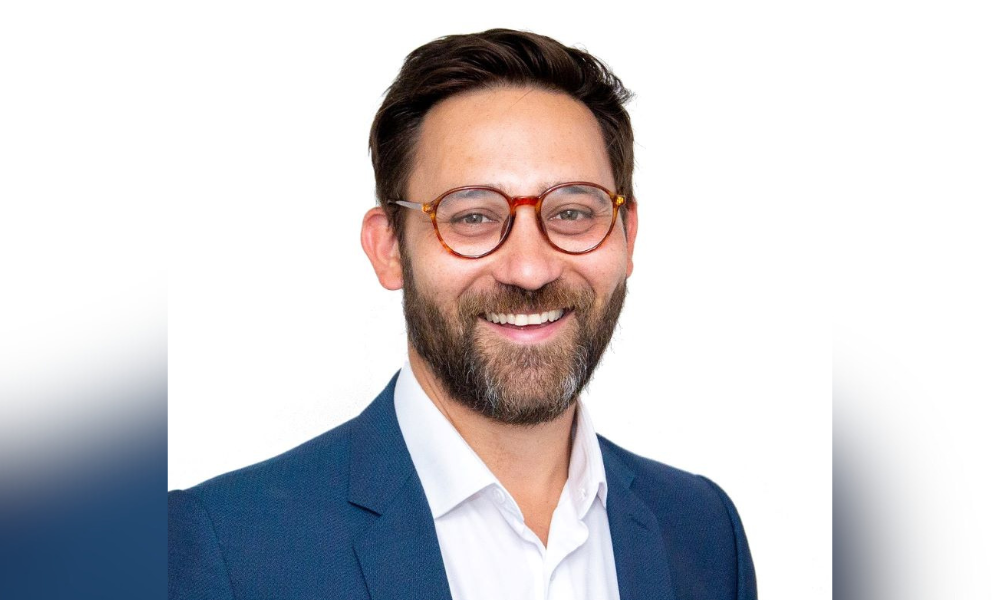Financial planner explains why clients and advisors hold the key to breaking down structural barriers to lower advice fees

After Zael Miransky took over his father’s practice nearly 10 years ago, the veteran advisor encouraged his son to pursue his own vision of what financial planning should be like. Today, through his voice on LinkedIn as well as his practice, MCO Wealth Management, Miransky is a planner with a cause: to see clients across Canada pay lower fees for advice.
“Having spent time as a director for a major fund company in Canada, I saw all the costs that go to covering overhead that, when you do the math are really for shareholders as opposed to advisors or clients,” Miransky (pictured above) says. “I went through a bit of a thought process on how do you do better for both yourself and clients alike.”
The solution, Miransky concluded, is to try and strip out all the unnecessary individuals and intervening factors that get in between clients and advisors. By removing all those extraneous factors, he says advisors can charge lower fees to their clients, giving them more opportunities to save their hard-earned wealth for the future. And the more clients can save, the more a certified financial planner can honestly say they’re genuinely helping people work toward their goals.
After coming to that realization, Miransky decided to take matters into his own hands and take his practice independent. It’s been two and a half years since the move – and he’s never looked back.
“The big difference is I own my book of business. I can buy it, I can sell it, I can do whatever I want with it – that's a big piece for any advisor,” he says. “Many banks and large publicly listed financial companies don't allow their employees to own their books. They're the assets of the corporation, and not of the advisor themselves.”
At a simplistic level, Miransky argues that much of the high fees clients confront today is due to the sheer concentration of investments held at Canada’s biggest banks. At their core, he says banks are supposed to hold people’s savings and lend out money, and their wealth businesses were established as another way for them to earn revenue from retail consumers.
“At the end of the day, banks don’t earn money from people’s savings plans. Your mutual funds at the bank translate to around 2% in fees every year, which is millions of dollars in revenue going towards the bank,” he says. “There’s no reason why banks shouldn’t be able to do that, but it does help set a standard for costs that isn’t necessary for clients to receive valuable advice.”
Some maintain higher fees are necessary to support advisors as they advance their careers. But for Miransky, an advisor’s ability to get into the industry and eventually build their own business shouldn’t come at their client’s expense.
“If an advisor is having to sell product to pay their own bills, it completely jeopardizes the integrity of the whole financial planning process,” Miransky says. “That's how people get sold poor product and invest in things they don't necessarily understand – the commission came before the client, and the commission can never come before the client.”
To change the status quo, Miransky argues, requires action from both Canadian investors and advisors. On social media, he regularly encourages advisors to educate themselves and embrace independence as a way to help reduce client fees, while also carving their own path as a financial planning professional.
Meanwhile, he says clients also have to get better at understanding the fees that they’re paying – something they’re surely getting better at with CRM2-mandated disclosures and, by 2026, the introduction of total cost reporting. Beyond that, he says they should consider working with financial planning professionals who operate entirely independently from the commission and compensation structures of publicly traded companies.
“A bank is a bank; it’s not an investment company. Individuals should be looking to work directly with private investment companies,” Miransky says. “Across Canada, 10% to 15% of clients are already working with independent advisors, and the rest are with these large public firms … I'd love to see those numbers flipped.”



